Quantitative analysis of persister fractions suggests different mechanisms of formation among environmental isolates of E. coli.
Posted in Publications, publishedNo Comment
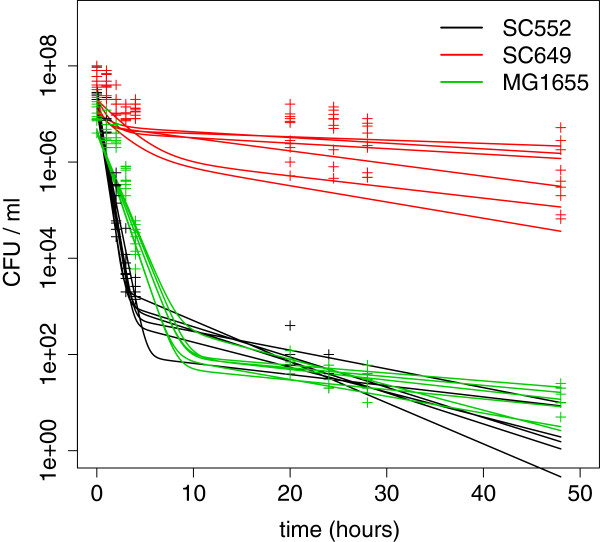
N Hofsteenge, E van Nimwegen, OK Silander
Quantitative analysis of persister fractions suggests different mechanisms of formation among environmental isolates of E. coli
BMC microbiology, 2013, 13 (1), 25
Abstract
Background
Bacterial persistence describes a phenomenon wherein a small subpopulation of cells is able to survive a challenge with high doses of an antibiotic (or other stressor) better than the majority of the population. Previous work has shown that cells that are in a dormant or slow-growing state are persistent to antibiotic treatment and that populations with higher fractions of dormant cells exhibit higher levels of persistence. These data suggest that a major determinant of the fraction of persisters within a population is the rate at which cells enter and exit from dormancy. However, it is not known whether there are physiological changes in addition to dormancy that influence persistence. Here, we use quantitative measurements of persister fractions in a set of environmental isolates of E. coli together with a mathematical model of persister formation to test whether a single general physiological change, such as cell dormancy, can explain the differences in persister phenotypes observed in different strains.
Results
If a single physiological change (e.g. cell dormancy) underlies most persister phenotypes, then strains should exhibit characteristic fractions of persister cells: some strains will consistently have high fractions of persisters (dormant cells), whereas others will have low fractions. Although we found substantial variation in the fraction of persisters between different environmental isolates of E. coli, these fractions were not correlated across antibiotics. Some strains exhibited high persister fractions in one antibiotic, but low persister fractions in a second antibiotic. Surprisingly, no correlation in persister fractions was observed between any two drugs, even for antibiotics with nearly identical modes of action (ciprofloxacin and nalidixic acid).
Conclusions
These data support the hypothesis that there is no single physiological change that determines the persistence level in a population of cells. Instead, the fraction of cells that survive antibiotic treatment (persist) depends critically on the specific antibiotic that is used, suggesting that physiological changes in addition to dormancy can underlie persister phenotypes.
Download pdf
Supplemental material
Short URL: https://tinyurl.com/yyxyck7w

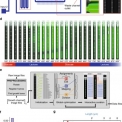
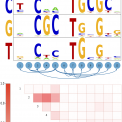

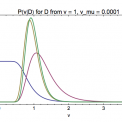
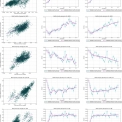
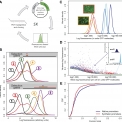




Comments and Reactions
No comments yet. Why don't you write one?